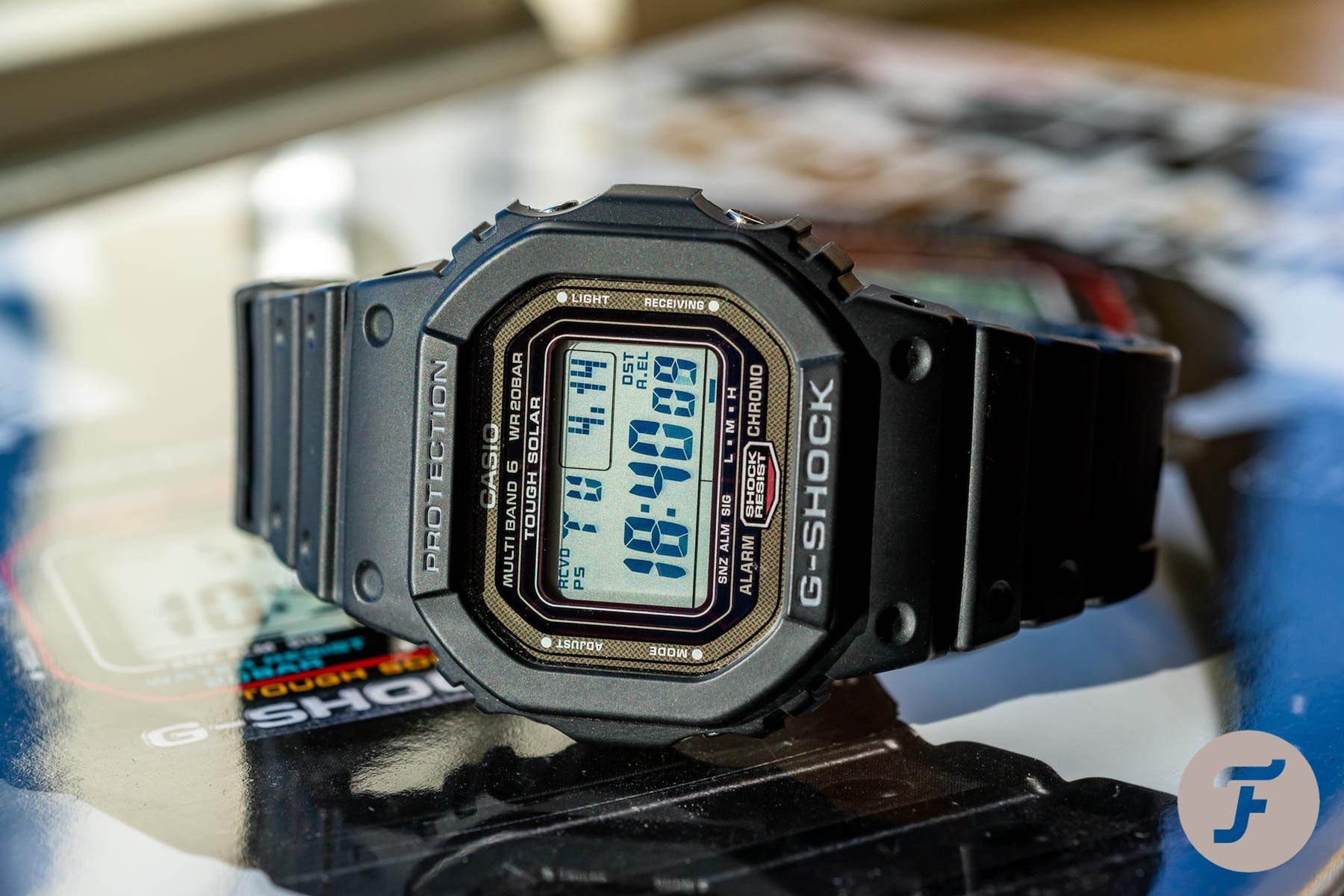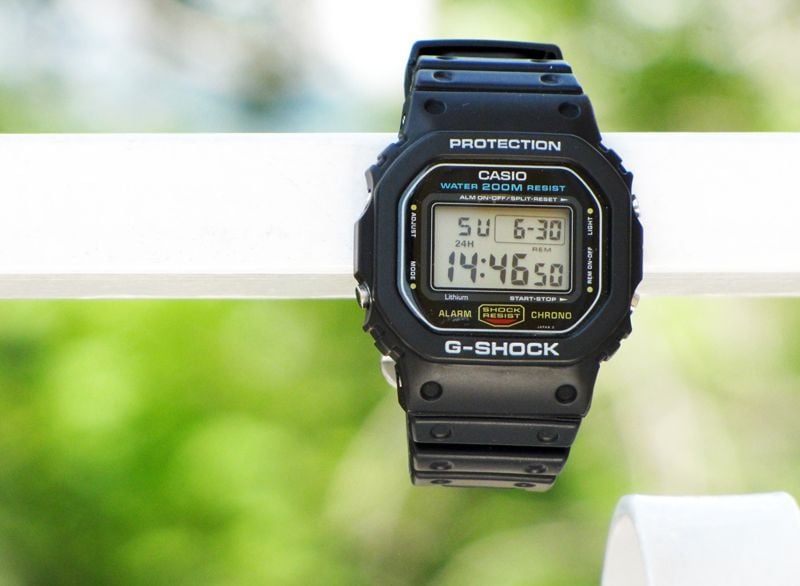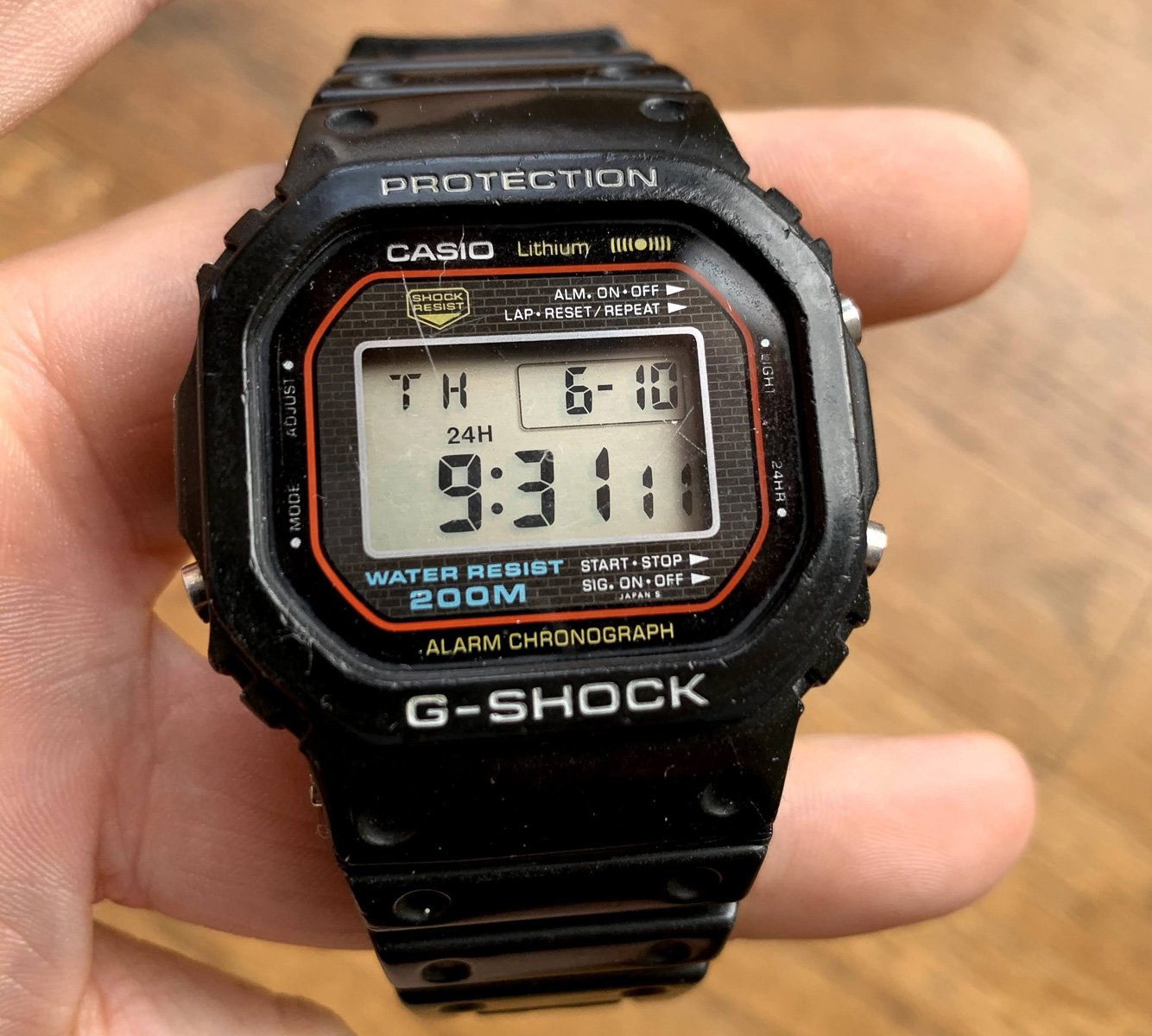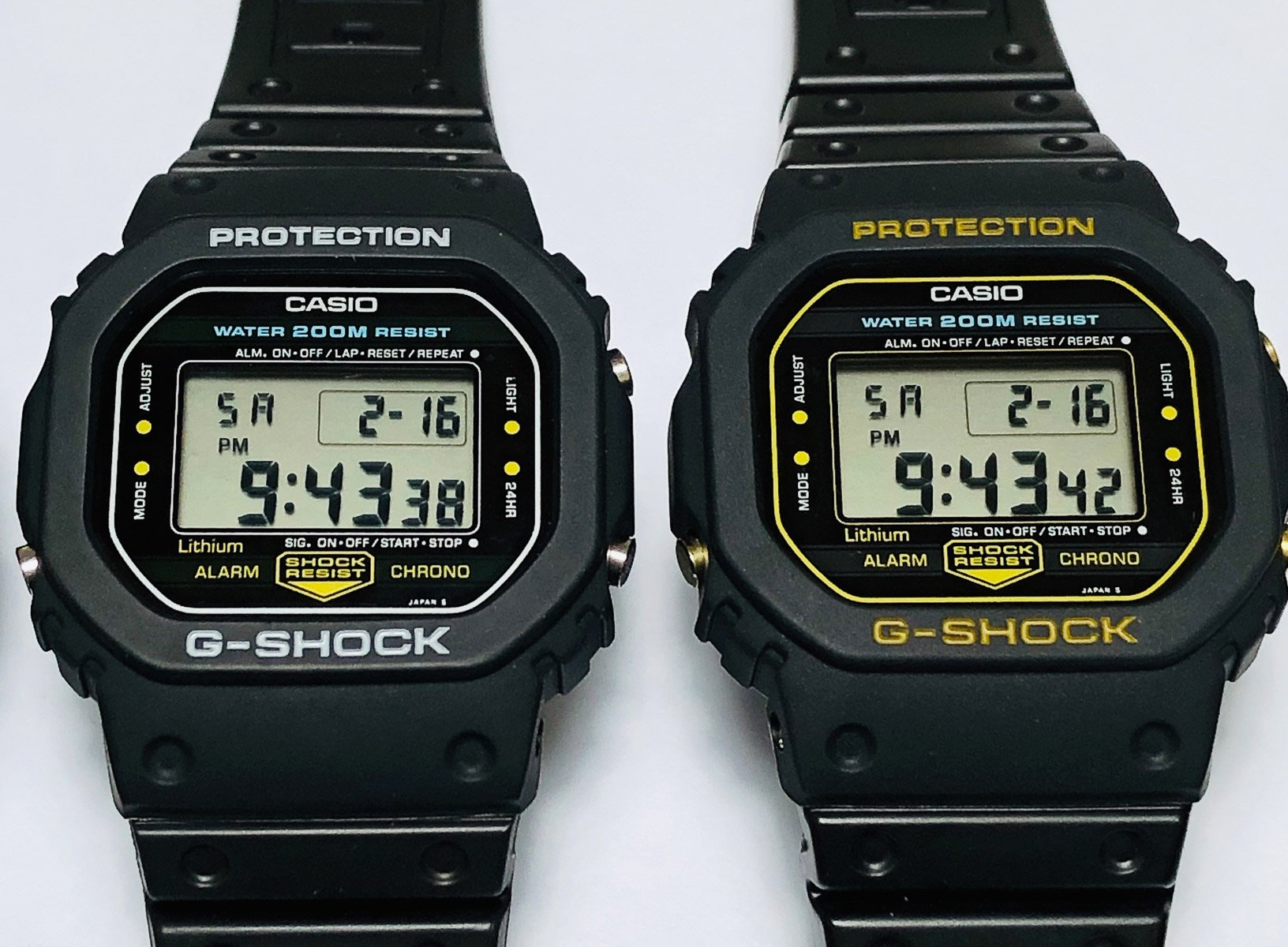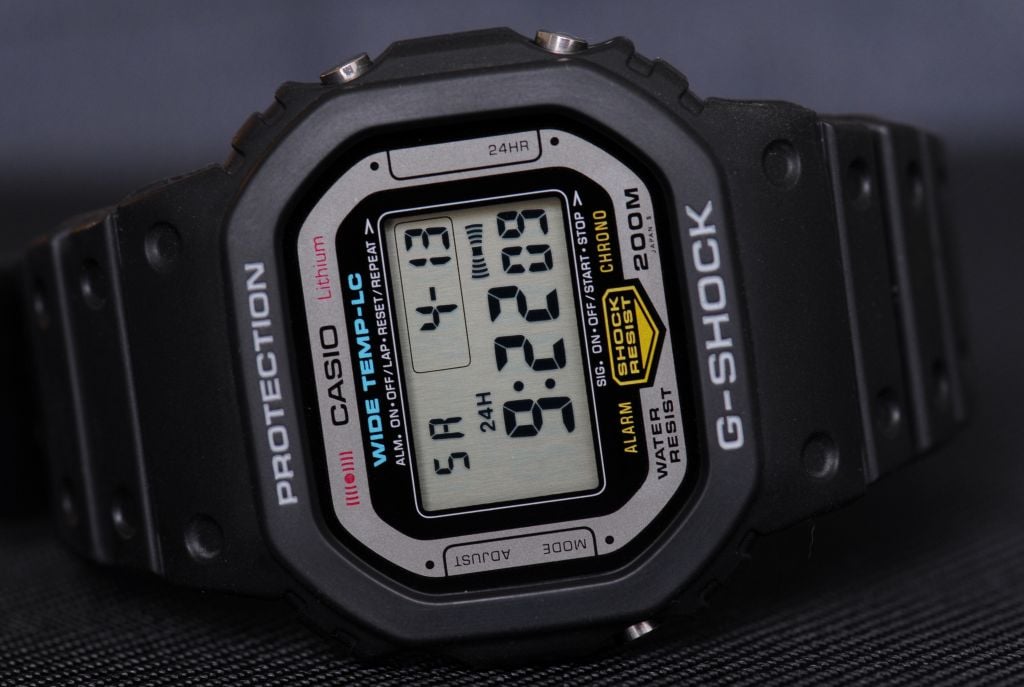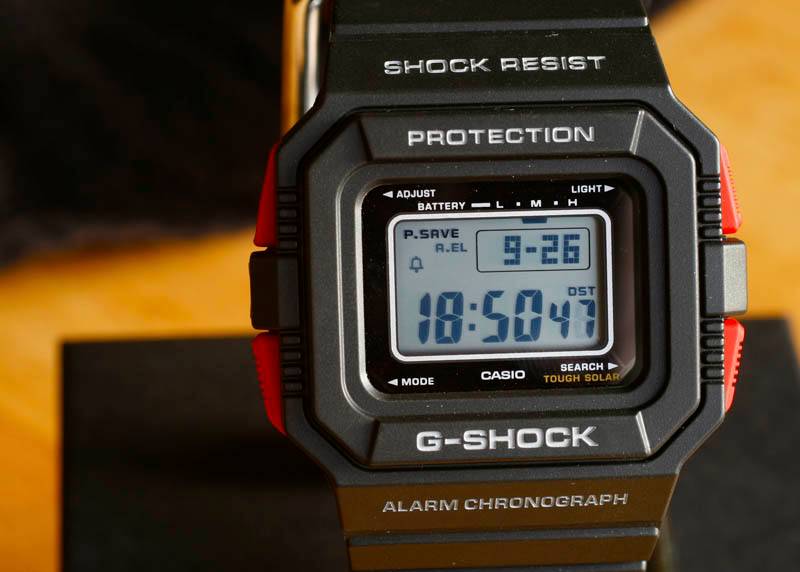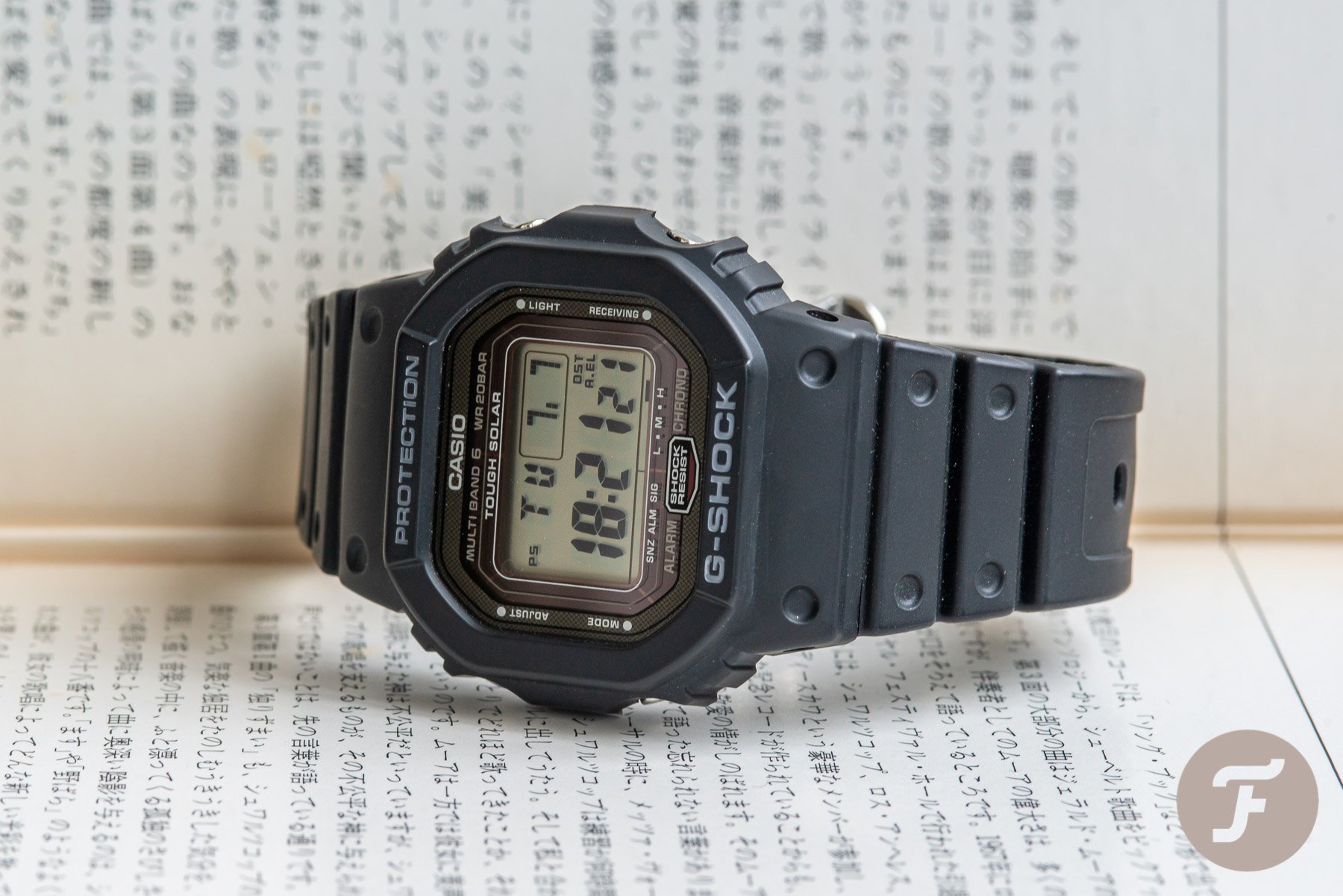Buying Guide: The Best G-Shock Watches From The 1980s
We like to talk about vintage watches a lot within the Fratello team. While the daily routine is largely focused on the most recent developments in the world of watches, the most fun for many of us lies in the sometimes weird and often wonderful world of vintage watches. It’s a world full of history, remarkable watches, incredible stories, and quirky details. It inspired us to come up with a series of articles focusing on the best watches per decade from a select group of brands. Some of them are priceless, some of them still affordable. In this installment, we will take a look at the best G-Shock watches from the 1980s.
While the 1970s were a decade filled with tremendous change in the watch industry, the 1980s showed the fruits of that change. When Seiko started the quartz revolution, most Swiss brands never predicted the enormous long-term effects on the industry. This is why a lot of Swiss brands ended up in trouble, often with disastrous results. In the 1980s, quartz was king, which is reflected with this week’s brand. G-Shock is a brand that has its roots in the eighties and is a perfect example of the impact of the quartz revolution.
When it comes to style and design, the eighties were a special time. Often perceived as a decade with a distinct lack of style or rather an abundance of tacky design, the ’80s were often frowned upon. However, there was a strong division between traditional watch design and digital watches from the likes of Seiko and Casio. They have become the design standard over time, though. So as you might imagine, there are plenty of good things to discover if you are looking for a vintage piece from the 1980s.
G-Shock in the 1980s
It’s a well-known story that Casio engineer Kikuo Ibe designed the first prototype for the G-Shock after accidentally dropping and breaking a pocket watch given to him by his father. He designed it according to the Triple-10 concept. Waterproof to 10 bar, drop-proof to 10 meters, and a battery life of 10 years. After conceptualizing the watch, three people were selected to form Team Tough in 1981, and assemble/test over 200 prototypes. It took two years to develop the G-Shock DW-5000C. Also known as the first G-Shock ever released to the public in 1983.
When Casio introduced the first G-Shock DW-5000C in 1983, it was not an immediate success. In 1984, the brand made some waves with a now-legendary US TV commercial. In the ad, an ice hockey player took a slapshot with a G-Shock as the hockey puck, which flies through the air and is caught by the goalie. As a result of the commercial, the G-Shocks became popular with police personnel, adventurers, and extreme sports athletes. All were looking for a watch that would serve them perfectly in a diversity of challenging situations. By the late ’80s, the G-Shock collection featured 200 different models. On top of that, in the 1990s, the brand grew into a cultural phenomenon when it became the preferred watch in street culture.
Almost four decades after the introduction of the first G-Shock, the brand is a worldwide phenomenon. Most people on the Fratello team own one or more G-Shocks, and if you look around you, you will find that the impact of the brand on today’s culture has been tremendous. Time for us to focus on some of those very first models from the 1980s, the ones that started it all.
Entry-level — G-Shock DW-5600C-1V “Speed”
The first watch on this list is the G-Shock DW-5600C that was introduced in June 1987. The DW-5600C was an updated version of the early G-Shocks models that paved the way from 1983, until 1987. Design-wise, not a great deal changed. At first sight, the DW-5600C still looks very much like the models that came before. But there were differences. This is the first G-Shock that uses Philips head screws in the bezel and is also the first G-Shock model to be made in colors other than the standard black. As this article only highlights five iconic models, I won’t be going into all the different versions of every watch. But I will give an honorable mention to the DW-5600C-1V, as it was famously worn by Keanu Reeves in the 1994 movie Speed. Legend has it that it was actually Reeves’ own watch.
This particular G-shock is also known as the “NASA” model, as it is flight-qualified by NASA for space travel and has been worn by astronauts. The model is also the last basic G-Shock with the screw back and full metal case. Casio equipped the DW5600 with the updated 691 module — which was itself replaced by the 901 in 1990. The 691 module was the successor to the 240 that was used for the first G-Shock models. It featured both a 12h and 24h display, a dual time function, a daily alarm, a 60-minute stopwatch, a 12-hour countdown timer, an automatic calendar, a backlight, and a “REM” function which consists of a small light on the display that glows to remind you of something you have to do. The DW-5600C-1V is relatively easy to find and goes for roughly €250–€750 depending on the module and its condition.
My choice — G-Shock DW-5000C
My pick is the first and the original G-Shock. How could it not? The original G-Shock DW-5000C was introduced in 1983. The watch displayed the results of what Kikuo Ibe had in mind. The Triple-10 concept turned out to be a tough nut to crack. Four decades later, both the concept itself as the results that came from it are legendary. The DW-5000C featured a solid metal inner casing. This was placed in a plastic outer case with much space to dampen shocks. Additionally, it features a screw-in metal case back and a resin bezel and strap for both comfort and impact protection. The original case design is legendary, and watches with this shape are known as the “Squares.” What I love about the design is the brick pattern on the watch’s face, giving the watch its charm.
The watch came equipped with the 240 module. This module had several functionalities that became the standard set of functions for a G-Shock. It featured the time display in both 12/24h display, a daily alarm, a 60-minute stopwatch, a 12-hour countdown timer, an automatic calendar, and a backlight. You can tell the original DW-5000C apart from the re-issues that came out in the years after is the placement of the day indicator on the top left. On the re-issues that came after it is placed further to the right. Another fun fact is that the backlight would only help you read the hours but wasn’t powerful enough to show the minutes. Finding an original 1983 DW-5000C is possible, but they do not come cheap. Expect to pay roughly between €750–€2,000 heavily depending on the condition. But it buys you an iconic piece of watch history.
Money is no object #1 — G-Shock DW-5200C “The Hero”
The G-Shock DW-5200C was introduced in 1984 and is nicknamed “The Hero”. The reason it got its nickname is that it saved the G-Shock name from being discontinued altogether. The DW-5200C was featured in the infamous TV spot with the ice hockey player. The commercial well and truly made waves for the brand, as it led to claims that Casio was deceiving customers with false advertising. The claim was put to the test with a DW-5000C, and after finding out that the watch was easily able to pass the test, it made G-Shocks far more popular with a wider audience. People looking for a tough, affordable watch were jumping on the available G-Shock models, which made it a commercial success. So without the DW-5200C, there would not be any G-Shock today.
Overall the DW-5200C uses the same case and construction as the first G-Shock DW-5000C. When it comes to its design, the brick pattern is gone, and the watch’s different functions are highlighted on the dial. Overall there is a better balance to this look. The DW-5200C also used the 240 module and therefore featured the same functions as the previously discussed models. As you can see, the early models were also released in different color executions. The DW-5200C “Hero” is relatively easy to find as it was the first G-Shock that was bought in large numbers. Expect to pay anywhere between €250–€750, very much depending on the condition of the watch. But that price will buy you the legendary “Hero” that saved the brand!
Money is no object #2 — G-Shock WW-5100C “Wide Temp”
In 1983, Casio released the now extremely rare G-Shock WW-5100C “Wide Temp.” The second G-Shock that was ever released solved a problem that early LCDs had. In low temperatures, regular LCDs would often be sluggish or not function at all. The G-Shock WW-5100C features a wide temperature range LCD that could withstand lower temperatures. To do so, the watch was equipped with a low-temperature-resistant 491 module. This module featured the same functions as the first model but lost the backlight function. Knowing the quality of the first backlight, you could questions whether that was really ever missed.
There were two different models released of the WW-5100C. The first was the WW-5100C-1 that you can see pictured. It featured a grey and white color configuration, whereas the WW-5100C-9 is the gold version. Both colorways have become legendary amongst G-Shock collectors because of their almost indestructible 491 module and low production numbers. But there is also the WW-5300C “Wide Temp” that is the same and only features a different design. Many collectors think it looks like a cheaper knock-off. Honestly, I like the discount-style design of the watch a lot. The “Wide Temp” models are scarce and go for a lot of money. Expect to pay roughly €2K–€4K for a WW-5100C. The WW-5300C goes for a lot less but still asking prices range from roughly €750–€2,000. But that will get you one of the coolest G-Shocks ever produced.
Money is no object #3 — G-Shock DW-5500C “Mudman”
The first watch on this list is a special G-Shock. The G-Shock DW-5500C was the mud-resistant G-Shock that was introduced in 1985. The watch was constructed with a dustproof and mudproof structure. It is why it is known amongst G-Shock enthusiasts as the original “Mudman.” You could also label this the first oversized G-Shock as it is bigger than the original DW-5000C and its successors. It was bigger in size certainly helped to make it look substantial on Arnold Schwarzenegger’s wrist in the film The Running Man. In the film, based on Stephen King’s novel of the same name, Schwarzenegger’s character Ben Richards can be seen wearing it in multiple scenes.
The DW-5500C was equipped with a G-Shock module 240 that powered more of the original G-Shocks. This module had several functionalities that became the standard set of functions for a G-Shock. It featured the time display in both 12/24h display, a daily alarm, a 60-minute stopwatch, a 12-hour countdown timer, an automatic calendar, and a backlight. Obviously, the watch was built to withstand all kinds of abuse and was water-resistant to 200 meters. The watch came with an accuracy of +/-15 seconds per month and a battery life of 7 years. This model is legendary amongst true G-Shock enthusiasts but doesn’t get as much love as the more traditionally shaped G-Shock squares. The original DW5500C is extremely really rare. You will really have to go digging if you want to find one. Prices differ greatly depending on the condition but expect to pay between €500 –€1,000 easily.
Final Thoughts
When it comes to this series of articles, I cannot stress enough to do your research. On top of being crucial in avoiding disappointment when buying a vintage watch, it can also be a lot of fun. Gerard is our Fratello in-house G-Shock expert, and he wrote great in-depth articles about several G-Shock-related topics that I suggest you read. On top of that, there is an entire universe of G-Shock fans and collectors that are very active online. I suggest you go and read more about G-Shock on Shockbase, G-Central, the Casio G-Shock Watchuseek forum, There you will find fans and collectors and a ton of info on the brand as well as the individual models.
This series only highlights a small selection of the most iconic models from the 1980s. There are certainly more models that deserve attention, but there is no time to get into all of them. Additionally, there is also no room to get into the details of the different colors and versions. As I mentioned, there is a whole library’s worth of information on all the different models. If you are in the market for vintage G-Shocks, it will be good to get into the intricacies, as they will help you greatly when it comes to spotting fakes or watches with replacement parts — something that is not uncommon or as frowned upon as with mechanical watches. The world of G-Shock is fascinating and great to explore.
Next, we will take a look at some of the best TAG Heuer watches from the 1980s. So keep an eye out for that article dropping next week. In the meantime, let us know what your favorite G-Shock from the 80s is in the comment section!

